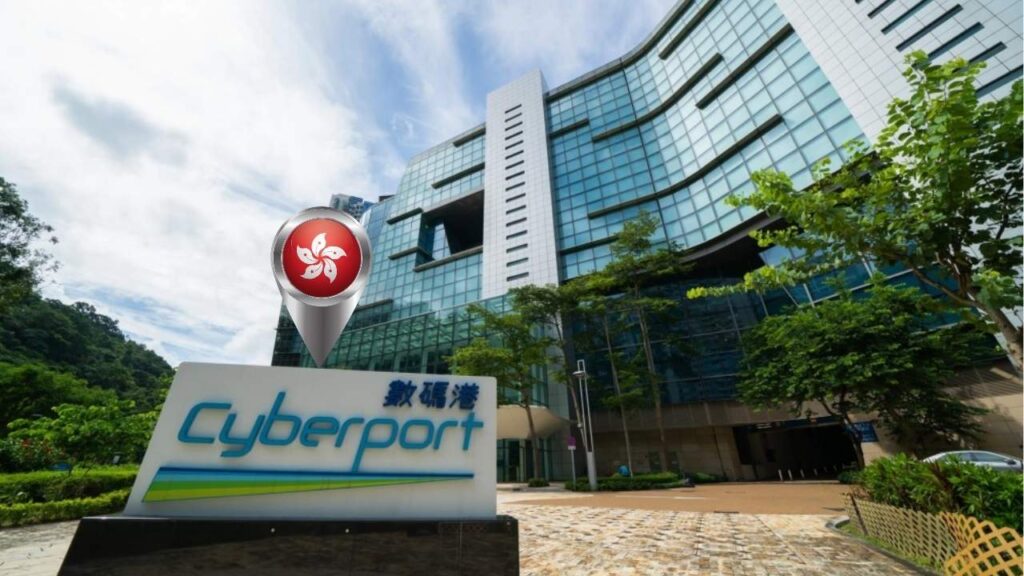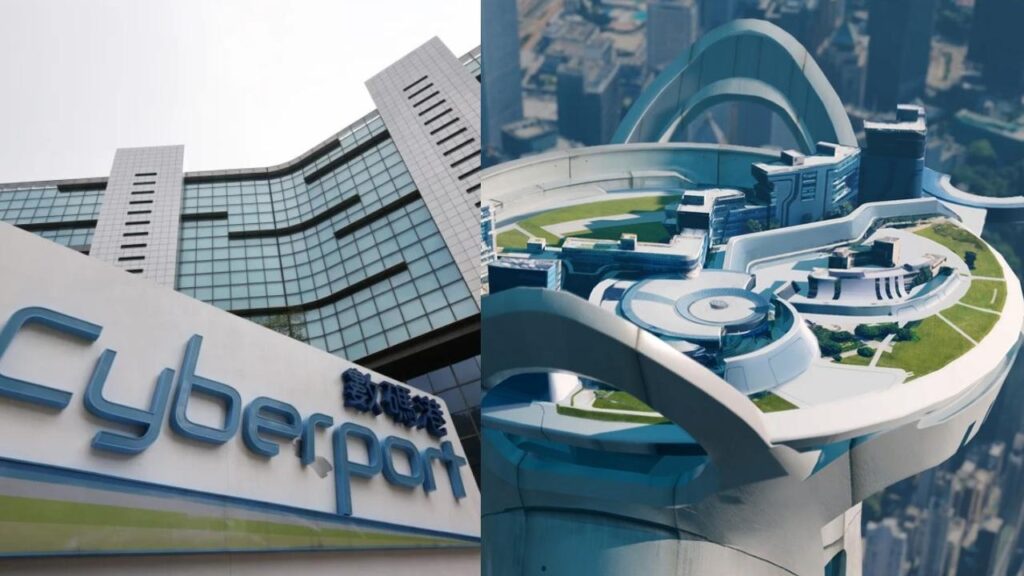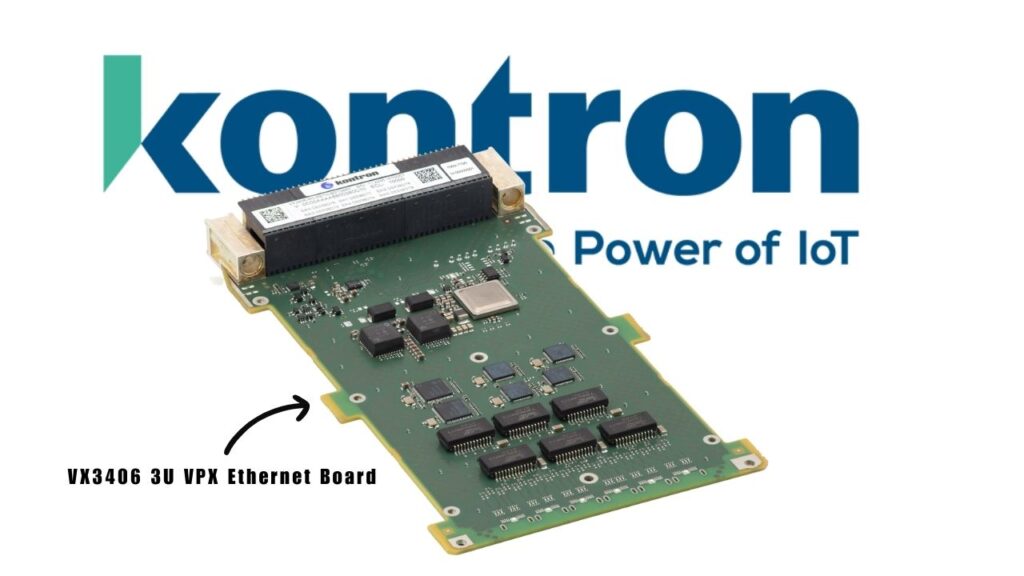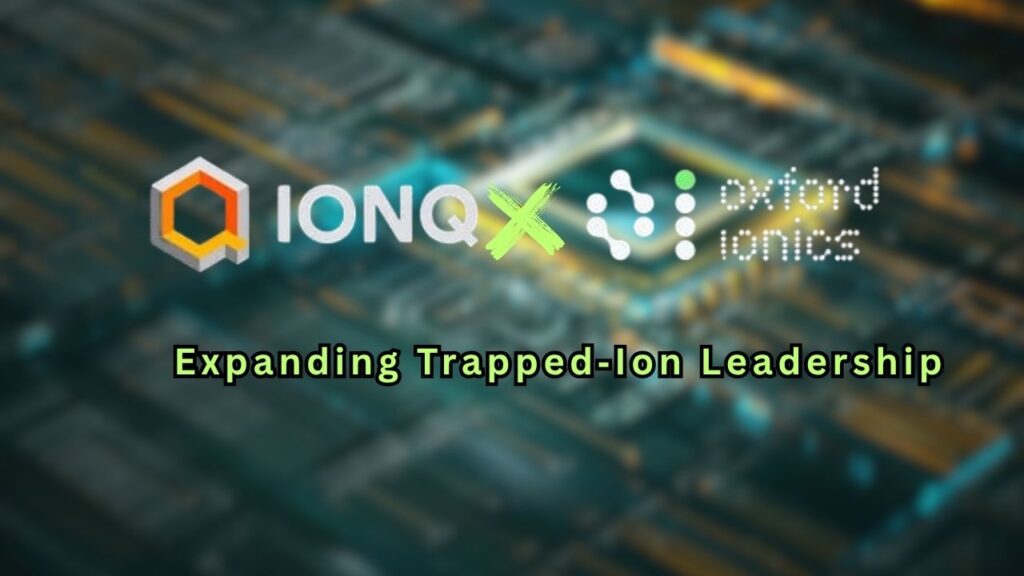Hong Kong is rapidly transforming into a global leader in artificial intelligence (AI), and at the heart of this transformation is the newly centralized AI Supercomputing Centre at Cyberport. As of July 2025, more than 90% of Hong Kong’s AI supercomputing power is now concentrated at this flagship facility, marking a pivotal moment for the city’s innovation ecosystem.

This article explores what this centralization means for Hong Kong’s tech landscape, why it matters for professionals and students, and how it is shaping the city’s future as an international AI hub. Whether you’re a tech enthusiast, a business leader, or a young student dreaming of a career in AI, this guide will help you understand the significance of Cyberport’s rise and how you can benefit from it.
Table of Contents
Over 90% of Hong Kong’s AI Supercomputing Power Now Centralized at Cyberport
| Feature/Stat | Details |
|---|---|
| Supercomputing Center | Cyberport’s AI Supercomputing Centre (AISC) |
| Centralized Power | Over 90% of Hong Kong’s AI supercomputing capacity now in use at Cyberport |
| Launch Date | December 2024 |
| Government Investment | HK$3 billion (approx. US$383–418 million) over three years |
| Computing Power | 1,300 PFLOPS (2024), scaling up to 3,000 PFLOPS (2025) |
| Project Applications | 20 applications, 10 projects approved so far |
| Industry Focus | HealthTech, data science, advanced manufacturing, new energy, synthetic biology, large language models |
| Companies Hosted | Over 400 AI companies, including iFlyTek, Inspur Cloud, Baidu Apollo |
| Official Website | Cyberport AI Supercomputing Centre |
Cyberport’s AI Supercomputing Centre is at the forefront of Hong Kong’s transformation into a global AI powerhouse. With over 90% of the city’s AI supercomputing power now centralized at this world-class facility, researchers, startups, and government agencies are driving innovation in healthcare, language technology, and beyond. Backed by significant government investment and a forward-thinking subsidy scheme, Cyberport is not just a technology hub—it’s the engine powering Hong Kong’s digital future.
What Is Cyberport’s AI Supercomputing Centre?
The Cyberport AI Supercomputing Centre (AISC) is Hong Kong’s largest and most advanced facility for AI computing. Launched in December 2024, it was designed to provide the immense computational resources needed for cutting-edge AI research, business innovation, and public sector digital transformation.
Unlike traditional data centers, AISC is purpose-built for the demands of AI, offering high-speed processing, advanced security, and scalable infrastructure. This allows researchers, startups, and enterprises to develop and deploy AI models that require processing power far beyond what ordinary computers can deliver.
Why Centralize Supercomputing Power at Cyberport?
Centralizing supercomputing resources at Cyberport offers several strategic advantages:
- Cost Efficiency: Smaller companies and research teams can access world-class computing without massive upfront investments.
- Accelerated Innovation: By providing ready-to-use infrastructure, Cyberport reduces the time and barriers needed to launch new AI projects.
- Collaboration Hub: The centre brings together universities, tech companies, and government agencies, fostering cross-sector collaboration and knowledge sharing.
- Enhanced Security: Centralization allows for unified security protocols, protecting sensitive data and intellectual property.
The Scale of Cyberport’s Supercomputing Power

The numbers behind Cyberport’s supercomputing capacity are impressive and reflect its world-class status:
- Current Capacity (2024): 1,300 petaflops (PFLOPS). One petaflop equals one quadrillion (1,000,000,000,000,000) calculations per second.
- Projected Capacity (2025): 3,000 PFLOPS. This is enough to process 10 billion images in a single hour or train extremely large AI models in days rather than months.
To put this in perspective, Cyberport’s computing power rivals that of major AI hubs in Asia and is on par with some of the world’s most advanced AI research centers.
Who Is Using Cyberport’s AI Supercomputing Centre?
Since its launch, the demand for Cyberport’s supercomputing resources has been extraordinary:
- Over 90% utilization within the first six months of operation.
- 20 applications submitted to the government’s AI Subsidy Scheme, with 10 projects already approved.
- Users include local universities, research and development (R&D) institutions, startups, and established technology companies.
Types of Projects Supported
Cyberport’s supercomputing resources are being used for a wide variety of innovative projects, including:
- Large Language Models (LLMs): Local teams are developing AI models tailored for Cantonese, Mandarin, and English, addressing the region’s unique linguistic needs.
- Healthcare AI: Medical researchers are using AI to analyze patient data, improve cancer treatment, and develop diagnostic tools.
- Synthetic Biology & New Materials: Scientists are simulating complex biological processes and designing advanced materials for industry.
- Audio and Speech Recognition: New tools can transcribe and analyze multilingual audio, supporting businesses and government agencies.
Notable Success Stories
- Hong Kong Generative AI Research and Development Centre: Created a ChatGPT-like tool now used by over 70% of government departments, streamlining communication and automating routine tasks.
- Medical Research: Teams at Hong Kong Polytechnic University are using Cyberport’s resources to develop AI models that assist in cancer diagnosis and treatment planning, collaborating with top hospitals for real-world impact.
- Multilingual Transcription: A new tool can automatically detect and transcribe Cantonese, Mandarin, and English, making it easier for organizations to handle large volumes of audio data.
Why Is This Important for Hong Kong?
1. Accelerating Innovation and Research
With access to world-class supercomputing, Hong Kong’s universities and R&D centers can now compete on a global scale. This enables:
- Faster development of new AI applications in fields like finance, logistics, and smart city technologies.
- The ability to tackle complex societal challenges, such as healthcare delivery and environmental sustainability.
2. Empowering Startups and SMEs
The government’s HK$3 billion AI Subsidy Scheme ensures that even small startups and research teams can access Cyberport’s resources. This:
- Levels the playing field, allowing local innovators to compete with global tech giants.
- Attracts international companies and talent to Hong Kong, boosting the city’s reputation as a tech hub.
3. Building a Skilled Workforce
Cyberport is not just about hardware; it’s a magnet for talent. With over 400 AI companies on site (120 joining in the past year alone), the centre offers:
- Training and mentorship for students and young professionals.
- Opportunities for hands-on experience in AI development.
- A vibrant community where ideas can turn into real-world solutions.
4. Strengthening Public Services
By providing AI tools to government departments, Cyberport is helping to modernize public services, making them more efficient and responsive to citizens’ needs.
How Does the AI Subsidy Scheme Work?
The Artificial Intelligence Subsidy Scheme (AISS) is a three-year government initiative designed to:
- Fund local universities, R&D institutions, and strategic enterprises to use Cyberport’s supercomputing resources.
- Support a broad range of research areas, from language models to healthcare and new materials.
- Enhance cybersecurity, with HK$100 million allocated for security technology upgrades.
Application Process:
- Organizations submit project proposals to Cyberport.
- Proposals are reviewed for innovation, impact, and feasibility.
- Approved projects receive subsidies to cover the cost of using the supercomputing centre.
This scheme ensures that the benefits of Cyberport’s resources are widely shared across Hong Kong’s academic, business, and public sectors.
Real-World Impact: Practical Examples
Medical Breakthroughs
Professor Yang Hongxia and her team at Hong Kong Polytechnic University are leveraging Cyberport’s supercomputing power to analyze vast amounts of medical data. Their AI models are helping doctors identify cancer patterns and recommend personalized treatment plans, improving patient outcomes and saving lives.
Government Transformation
The ChatGPT-style tool developed at Cyberport is now used by more than 70% of Hong Kong’s government departments. This AI assistant helps automate routine inquiries, draft documents, and translate between languages, freeing up staff for higher-value work.
Multilingual Tools for Business
A new transcription tool developed at Cyberport can process hours of audio in Cantonese, Mandarin, and English. This is invaluable for media companies, legal firms, and customer service centers that operate in Hong Kong’s multilingual environment.
The Future: Expansion and Ambition
Hong Kong’s commitment to AI doesn’t stop at Cyberport. The government is planning a new supercomputing centre at Sandy Ridge in the Northern Metropolis, which will further expand the city’s computing capacity and support even more ambitious projects.
This expansion is part of a broader strategy to:
- Position Hong Kong as a leading international innovation and technology hub.
- Support the development of the Greater Bay Area as a world-class tech cluster.
- Ensure that local talent and businesses have the tools they need to succeed in the AI-driven economy.
Massive Doudna Supercomputer Will Use IBM Tech to Drive AI-Powered Science
Quantum-Enhanced Supercomputers Are Now Solving Real Chemistry Problems
Frontier Supercomputer Runs 5 Million Simulations to Unlock Stronger, Lighter Carbon Fiber
FAQs About Over 90% of Hong Kong’s AI Supercomputing Power Now Centralized at Cyberport
What is a supercomputing centre?
A supercomputing centre is a facility equipped with extremely powerful computers designed to handle massive calculations at high speed. These are essential for advanced AI, scientific research, and big data analysis.
Why is supercomputing important for AI?
AI models, especially those for language, vision, and scientific discovery, require enormous computing power to train and operate. Supercomputing centres provide the resources needed to process vast datasets and build sophisticated AI systems.
Who can use Cyberport’s AI Supercomputing Centre?
The centre is open to local universities, R&D institutions, startups, and strategic enterprises. Funding and access are provided through the government’s AI Subsidy Scheme.
How do I apply for the AI Subsidy Scheme?
Organizations can apply by submitting proposals to Cyberport. Applications are evaluated based on innovation, impact, and technical feasibility. Approved projects receive subsidies to use the centre’s resources.
What kinds of projects are being supported?
Cyberport supports projects in language modeling, healthcare, synthetic biology, new materials, audio recognition, and more. The focus is on practical applications that benefit society and drive economic growth.
What is a petaflop?
A petaflop is a measure of computing speed equal to one quadrillion calculations per second. It’s used to describe the processing power of supercomputers.



















